In 2010, Danish artist Grethe Sørensen was commissioned to produce a site-specific, large-scale work of textile art for Tronrud Engineering in Hønefoss, Norway. Tronrud Engineering specializes in developing machinery within the industrial automation area. The firm’s new location, designed by Norwegian architects Snøhetta (Snoarc), is situated at Eggemoen, the largest natural flat plateau in Norway.
The work that resulted was Fjeld og li og fjord, a title taken from a quotation from a Danish song about Norwegian landscapes which means “mountain and meadow and fiord.” For the work’s motif, Sørensen took as a point of departure the contours of the landscape around Eggemoen, and rendered these contours in three variations on the same theme — Contour, Greyscale and Color — one theme for each floor in the building. The textiles are integrated into the structure of the building; placed opposite the entrance doors on three floors above each other covering walls of 15 square meters each. Each piece consists of 5 panels of jacquard-woven fabric.
The first floor shows a color fantasy of the landscape theme. This image is the first impression to visitors and it may be seen as an expression of the creativity that is one of the main characteristics of Tronrud Engineering. The second floor has the Greyscale. From a distance it gives a three-dimensional impression of the landscape. On closer inspection, it’s evident that it is made up of different patterns in black and white – typical digital patterns. These patterns reference Norwegian a traditional knitting pattern, “lusekofte,” a Norwegian sweater pattern, dating from the 19th century. It features a black-and-white design, and the name means “lice jacket,” after the isolated black stitches. The Greyscale motif represents tradition combined with innovation as an expression of the versatility and wide-ranging skills represented by the people in the company. On the third floor is the pure black-and-white image of the landscape with contours and a line in red. This piece expresses the sharpness, seriousness and precision for which the firm is known.
The samples were woven by Sørensen on a handloom with digital single-thread control. The final pieces were woven on an industrial jacquard loom at Digital Lab, at the Audax Textile Museum, Tilburg, Netherlands.

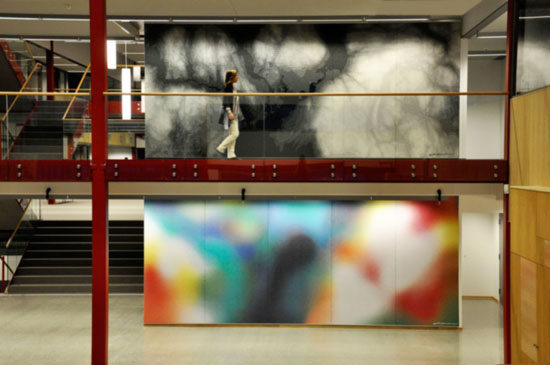
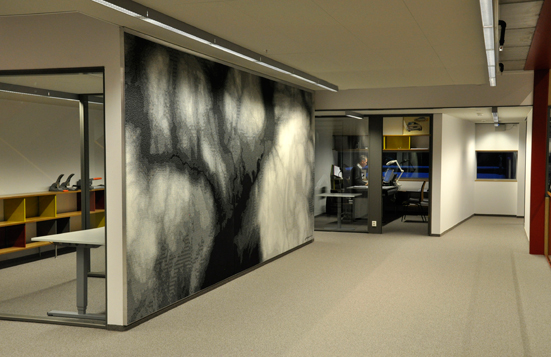

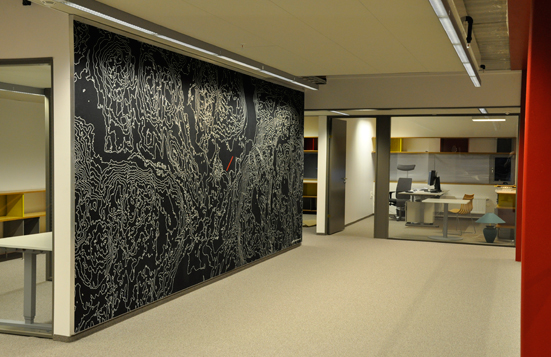






 Last, but certainly not least, the cover of the Spring 2011 issue
Last, but certainly not least, the cover of the Spring 2011 issue


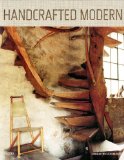
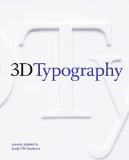



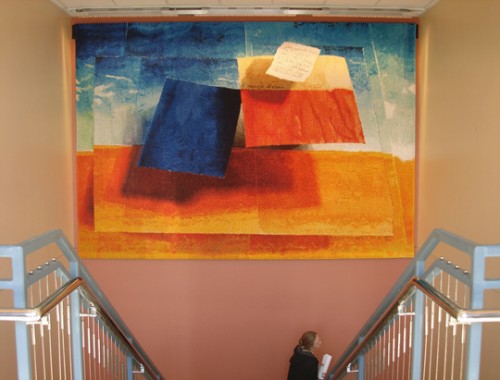


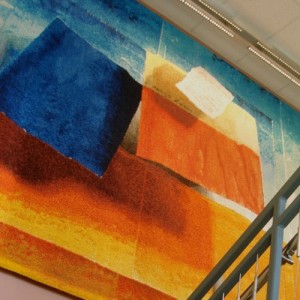





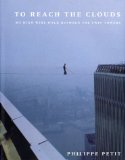
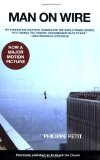 Randy Walker, who works regularly with threads and ropes and cables, writes, “Although it is a story involving only a single length of fiber,
Randy Walker, who works regularly with threads and ropes and cables, writes, “Although it is a story involving only a single length of fiber, 

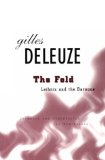


![Lena-McGrath-Welker---Navigation-[chime]Image-by-Ryen-Welker](https://arttextstyle.files.wordpress.com/2010/12/lena-mcgrath-welker-navigation-chimeimage-by-ryen-welker.jpg)
![Lena McGrath Welker - Navigation [chime] Image by Ryen Welker](https://arttextstyle.files.wordpress.com/2010/12/lena-mcgrath-welker-navigation-chime.jpg)
![Lena McGrath Welker - Navigation [chime] Image by Ryen Welker](https://arttextstyle.files.wordpress.com/2010/12/lena-mcgrath-welker.jpg)
![Lena-McGrath-Welker---Navigation-[chime]Image-by-Ryen-Welker.2](https://arttextstyle.files.wordpress.com/2010/12/lena-mcgrath-welker-navigation-chimeimage-by-ryen-welker-2.jpg)
Who Said What: Andy Warhol
Some rights reserved by l r